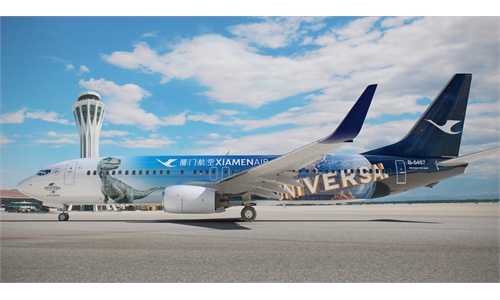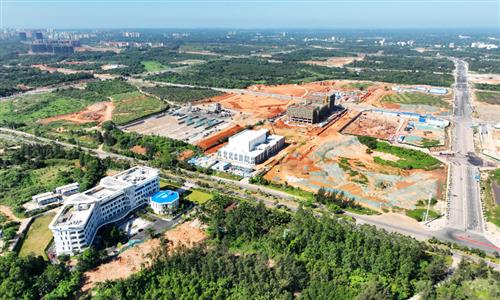China invited to witness Russia's Luna-25 launch, further space cooperation expected
Photo: Guancha News
Wu Yanhua, the chief designer of China's major deep space exploration project, led a delegation to the Vostochny Cosmodrome in Russia's Far East to attend the launch event of the Luna-25 lunar lander on Friday at the invitation of Russia's state space agency Roscosmos. He congratulated Russia on its first lunar mission in nearly 50 years, and exchanged views on jointly deepening bilateral cooperation on deep space exploration.
Yury Borisov, the director general of Roscosmos, warmly welcomed the delegation and introduced the development process, launch preparations and exploration tasks for Luna-25, as well as subsequent plans for the lunar exploration project.
Wu warmly congratulated the successful launch of the Luna-25, and further introduced the overall plan for China's deep space exploration project. He also shared the latest updates about the International Lunar Research Station (ILRS) that China and Russia are jointly working on, along with news about China's deep space exploration laboratory.
Both sides have conducted in-depth exchanges on jointly deepening cooperation in the field of deep space exploration between China and Russia.
According to media reports, Luna-25 is set to be the first probe to land on the south pole of the Moon, which is also one of the important tasks for the ILRS.
The unmanned spacecraft was launched at the Vostochny Cosmodrome in Amur Oblast, Russia. Hitching a ride aboard a Soyuz-2 Fregat rocket, Luna-25 took flight at 8:10 a.m. local time Friday, as reported by CNN.
Luna-25 is expected to enter lunar orbit about 100 kilometers above the moon's surface on Wednesday. It is scheduled to make a soft landing near the Boguslavsky crater in the south pole of the Moon on August 21, according to media reports.
Multiple cameras have reportedly been installed on the probe, which will capture panoramic images of the Moon and track the landing process.
Global Times


